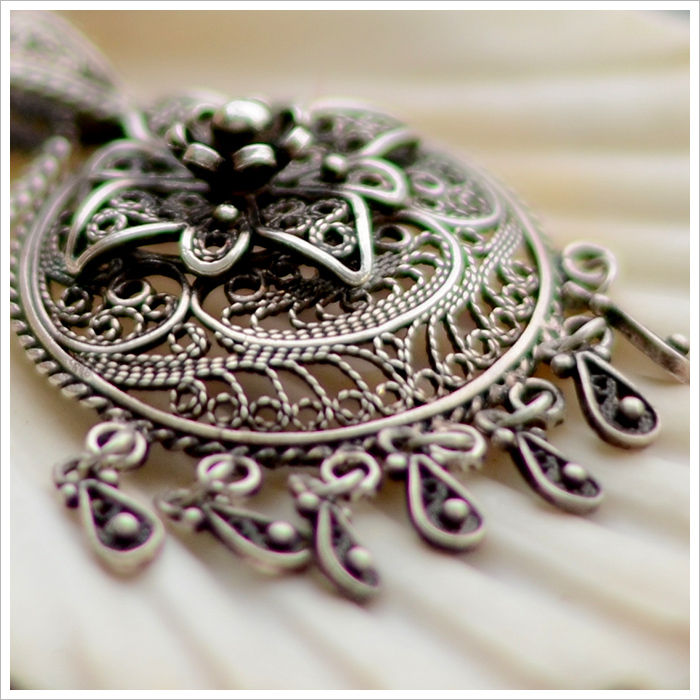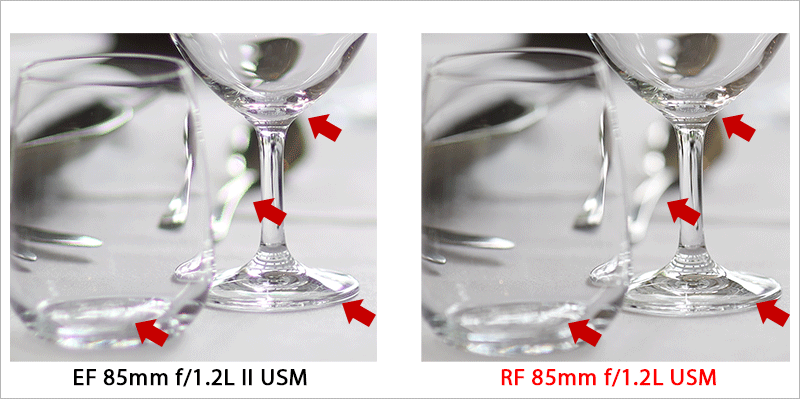Retro perspective of a manual 85mm lens
While the Canon FD 85/1.2L is far from optical perfection when compared with today's best lenses in the 80-90mm portrait class for Fujifilm GFX cameras - the lens certainly holds its own merits.
Given with today's digital tools, a lot can be done to minimize the lack of micro contrast and "freshen up the overall appearance" when you shoot at ƒ1.2 wide open aperture.
The irony in 2024 is, that the old FD (manual focus) version is often located at the same price level as you find the more modern version, Canon EF 85/1.2L II. Around 9000-10.000 SEK / 900 €
The first AF version, the EF 85/1.2L is slower in focus compared to the latter II version - albeit a touch sharper However, when the Mark I version fails, there are no spare parts to repair it with. So, i have read. Both use focus by wire...
I sometimes wondered if i should buy the EF 85/1.2L II second hand one day, given that is certainly focuses much better (more accurate) with the mirrorless EOS cameras. Sure, it got color fringing (magenta outlines at harsh contrast) but not much as the manual FD 85L.
Like most manual focus lenses - they do survive its electronic siblings by decades... don't they ?
So, there is that, too.
Daniel bought the Canon EF 85/1.2L II lens
back in the days (2011). I remember that surprisingly, I never got quite fond of it, which surprised me. Perhaps it was the AF that made it iffy to work. The lack of focus accuracy on DSLR EOS cameras. Not as bad as the Canon EF 50/1.2L, but similarly not always accurate when you needed it to be.
Of course, once you used manual (by wire) focus, things were actually very good in terms of sharpness, and micro sharpness. The details where clearly there. I should study the images we took 14 years ago !
Well, it does have a lot of fringing and chromatic aberrations going on, still (and that was one of the critic about the EF versions, that it was a bit disappointing that Canon didn't do better with their top prime lens. Remember the 85/1.2 L always has been Canon's boutique lens (sort of) - because it was used for portraits exclusively and always had a reputation of very high quality.
Which it has - but with digital cameras, other optical errors are introduced, e.g. the color fringing and Axial chromatic aberrations are far more visible with digital sensors. (the latter is called sphero... something ?) It looks like this according to Wikipedia:
Behind the point of sharpness, you see a greenish tint in details. In front of the point of sharpness, it shows reddish-magenta tint. That's what I meant.


Purple fringing
on the other hand, is something where the outlines are all disturbingly pink, caused by too high contrast. I guess the pixels get over-saturated and "spill over" with bright. magenta color.
I wonder if the EF 85/1.2L optical formula perhaps is the same as the old FD 85/1.2L lens ? They appear to be pretty similar, and just the coating is better on the AF version. But I do notice that the EF 85/1.2L II has much better micro detail sharpness ! So, the details are all there. A weak "bluish" haloing between very fine details with higher contrast is also visible - albeit that is even stronger with the manual FD 85/1.2L version.
Not bad !
So, I would say that the EF 85/1.2L II version is actually a good lens !
Let's ay for 900 $ - it is a steal if you can live with the small shortcomings, and know how to correct the optical niggles I just described. On the other hand, a Fujifilm GF 80/1.7 costs around 1500-2000 € second hand.
Supposedly also the Canon EF 85/1.2L II can cover the larger Fujifilm GFX sensor. Sure you get somewhat soft, darer corners / vignetting. The images i have seen look good, and are fully correctable. Well, similarly to like the old FD 85/1.2L, which many of my images have shown where vinjetting is not an issue.
Other Portrait lenses for GFX
Apparently the Sigma ART 85/1.4 (Canon EF) covers the Fujifilm GFX sensor extremely well with barely any vignetting at all. The second hand cost is 30-45% lower comapred to Canon EF 85/1.2L II lens second hand. I suspect that the Sigma is a much better choice.
Same for the Sigma ART 135/1.8 (Canon EF) 1000-1200 $ - being among the very best lenses for GFX cameras. But there is also the manual focus Samyang 135/2 (Canon EF) - which has an absolutely stellar optical performance, loved by many astronomy photographers from what I have been reading.
Sigma ART 105 mm ƒ1.4 (EF mount) is a formidable portrait lens for Fujifilm GFX cameras ! I also feel that the AF works much better (Fringer EF-GFX adapter) compared to other lenses.
It practically doesn't vignette much on the Fujifilm GFX - and it recognized -so that Adobe RAW profile kicks in - eliminating any vignetting. I would call it to be one of the very best (third party) lenses for Fuji GFX. Despite it's heavy weight of 1.6 kilo. But if you eye that lens, perhaps you have the money for a native Fujifilm GF 80/1.7 lens, which is considerably smaller.
(See photo below) |

